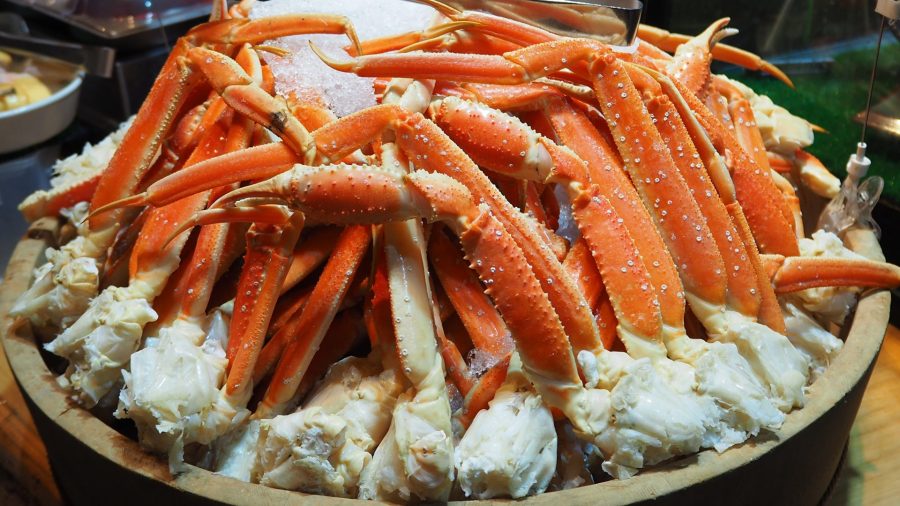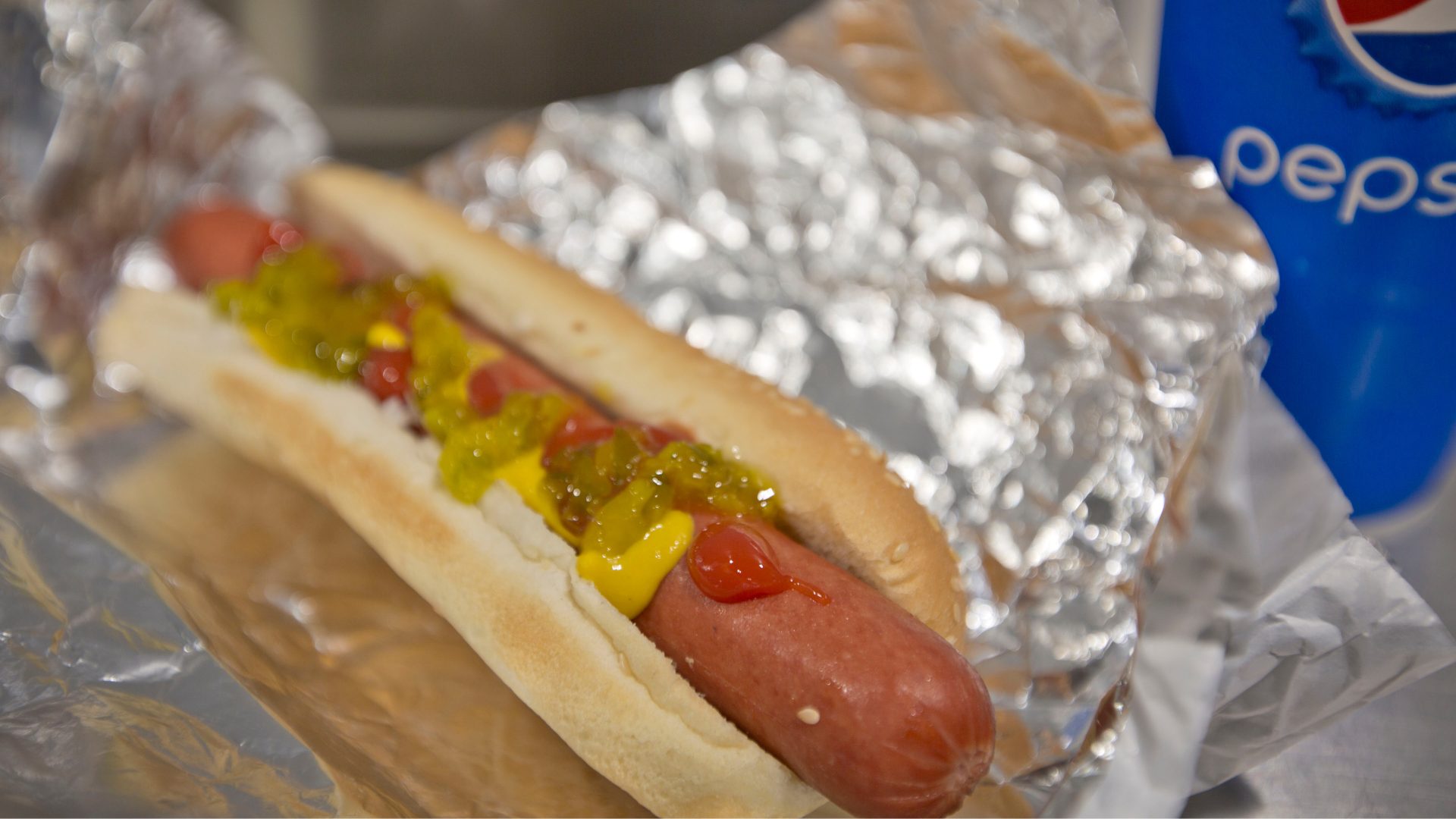While the seafood sector appears well positioned for growth, can the supply chain hold as demand rises? The Food Institute takes a closer look at some of the category’s recent developments.
Supply chain implications as demand grows
Fresh and frozen seafood product revenues were higher over the last year and Allied Market Research projects sales to rise at a 2.5% CAGR through 2027.
Yet, potential issues await merchandisers that are unable to keep pace with growing consumer demand for a wider array of seafood options, beginning with the rising interest in preparing seafood at home in reaction to the pandemic.
Supply chain restraints, such as declining quotas for some wild-caught seafood species, are also causing out-of-stocks and increasing the demand for products that are in short supply, which is helping to drive inflation. This includes most shellfish products, which because of fishing restrictions, were facing lower harvests in 2021 and lower quotas in 2022.
Supply chain logistical issues, including a scarcity of truck drivers, are also causing product shortages and contributing to higher prices. (Supermarket News, Jan. 20)
Strong global aquaculture demand and climate impact
Demand for aquaculture products worldwide should be strong this year, pending economic recovery from the global COVID-19 pandemic, according to a new report from food and agribusiness analysts at Rabobank.
In its report, Rabobank outlined a scenario of high farmgate prices for salmon and shrimp and relatively flat feed costs, with cooling demand for fishmeal and more competitive soybean meal prices.
“We do see a strong price environment for key seafood species, especially salmon and depending on the supply growth, possibly shrimp too,” Gorjan Nikolik, senior seafood analyst at Rabobank, said. “But at the moment there are few indicators that feed prices and other costs will decline in 2022.” (Responsible Seafood Advocate, Feb. 4)
At the same time, a new study indicates global farmed seafood supplies such as salmon and mussels could drop 16% by 2090 if the world continues to burn fossil fuels at the current rate. Researchers from the University of British Columbia said regions such as China, Norway, and Bangladesh, where seafood farming is abundant, could see supply decrease by as much as 40% to 90%. (Miami Herald)
New England fishing companies look to shed monitoring programs
A group of fishing companies in New England is bringing its bid to try to end industry-funded monitoring programs to federal appeals court.
The companies are part of the industry that harvests Atlantic herring, which are heavily fished off the East Coast. The federal government requires herring fishing boats to participate in, and pay for, at-sea monitoring programs.
The government and some environmental groups have said the industry-funded monitoring programs are vitally important to collect data that helps craft fishing rules. But members of the industry have argued the monitors, who are on-board workers, cost hundreds of dollars a day and can make it impossible to turn a profit.
The companies sued at the federal district court level last year and lost. They filed an appeal with the 1st U.S. Circuit Court of Appeals in Boston on Jan. 28 and are waiting on a response from the U.S. Department of Commerce and federal agencies that regulate fishing. (ABC News, Feb. 8)
Other developments
- Aquaculture company AquaBounty Technologies is initiating site preparations for the construction of a planned 10,000 metric ton salmon farm in Pioneer, Ohio.
- A bill to continue Alaska’s seafood production tax credit is getting early attention this legislative session. The state currently runs a tax credit program for qualified seafood processors that invest in value-added processing equipment. The program, which covers salmon and herring fisheries, could be extended through 2025. (Alaska Journal of Commerce, Jan. 26)











